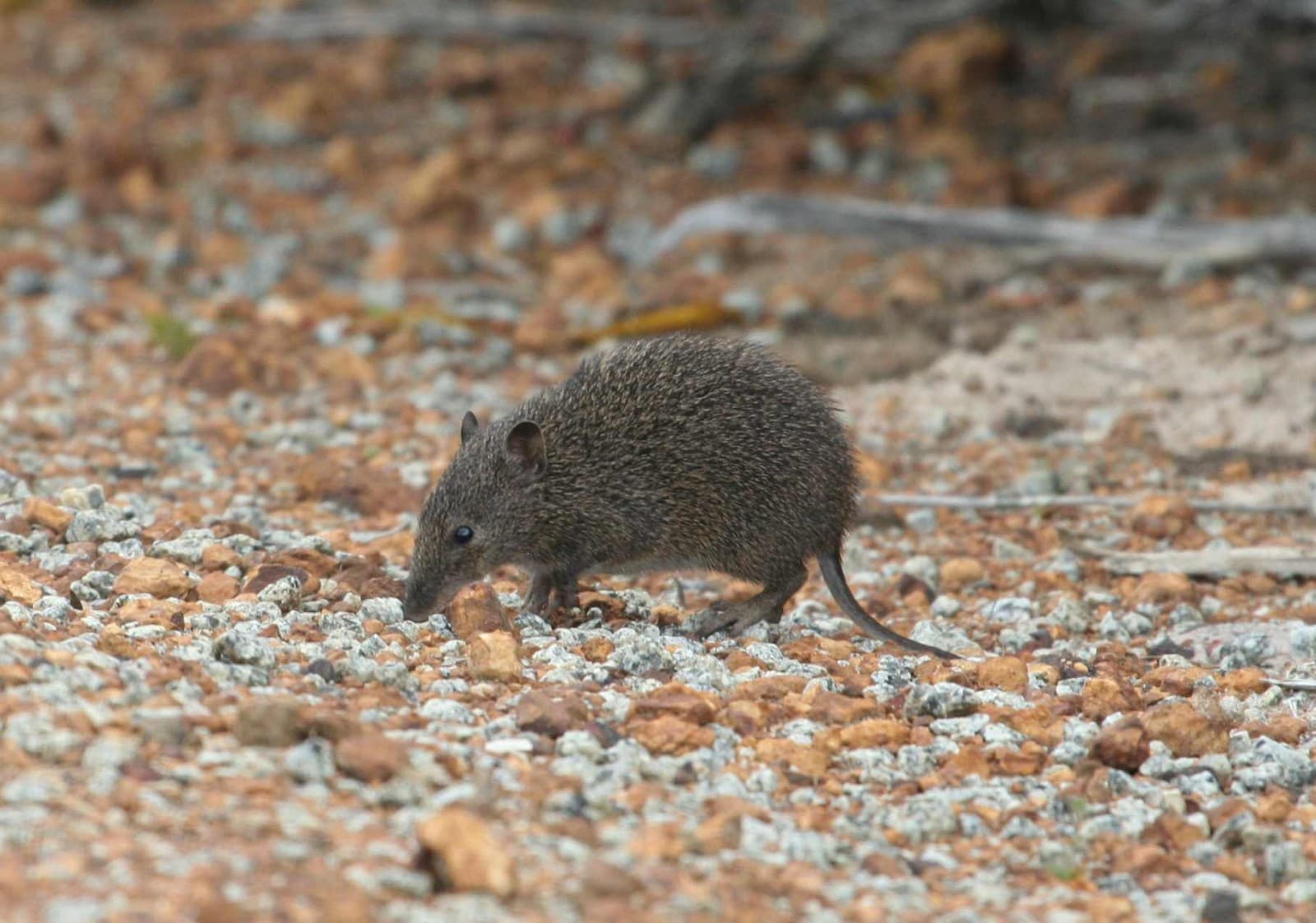A southern brown bandicoot (Isoodon obesulus obesulus), one of the species of Australian mammal included in Nerissa’s work on species distribution models (Photo courtesy of Ray Turnbull)
By making its national ecosystem data infrastructure available to all, TERN is helping to bring about a quiet revolution in the way ecosystem science is done in Australia. Working with partners and stakeholders across government, universities, industry and other groups, we’re enabling researchers to better collect, contribute, store, share and integrate data across disciplines.
We recently sat down for a chat with Dr Nerissa Haby, an ecologist at the University of Adelaide, for a researcher’s perspective on TERN’s approach to providing data infrastructure about terrestrial ecosystems. As an expert in modelling the distribution of small mammals, Nerissa understands the importance of bringing together rich ecological data for analysis and synthesis.
‘I relied on the publicly available environmental data that had been collected, digitised and stored by a range of state agencies,’ Nerissa says, of her recent work on South Australian small mammal species. ‘In particular, data obtained during the Biological Surveys of South Australia, available from the Department of Environment, Water and Natural Resources, South Australia. These surveys provide access to fine-scale environmental and species occurrence data that had been systematically collected following a standardised methodology, across the State. As a result, I was able to access high resolution information on vegetation structure and composition, and through applying a set of criteria, identify sites likely to represent species ‘absence’ as part of creating a presence/absence dataset for target species.’
In this example, information about the Biological Surveys of South Australia (BSSA) was readily available to Nerissa who was also familiar with the program, having participated in a number of the surveys. However, in many cases, researchers using ecological datasets may be less familiar with the circumstances of its acquisition. In these situations, significant benefits accrue when researchers can easily access ecological data and all the knowledge associated with it, and can apply detailed searching at the finest level. New capabilities to search for, evaluate, and access data like this will soon be available through ÆKOS (Australian Ecological Knowledge and Observation System).
ÆKOS’s online data portal improves searching of ecological data across many datasets by using semantic approaches based on ontologies and controlled vocabularies. This approach enables a better understanding of the ecological data domain by the user and ensures that concepts and terms are tightly defined. In turn, the portal therefore enables more precise, complete and targeted results, vital given the millions of observations stored in ÆKOS. Researchers will experience high quality, efficient searching and access to data when the trial Beta version of ÆKOS goes live in late December. The BSSA is one of the many data sets that will be available through this Beta release thanks to a data partnership between AEKOS and DEWNR.
ÆKOS will enable researchers to access and share a range of ecological datasets, and provides a framework to support the multiple re-use of data sets. The ÆKOS data storage framework also improves the capacity for researchers to move from storing field-data on personal computers to a shared environment. To facilitate this process TERN provides standard protocols and tools like the new field data collection apps for streamlining the data collection process.
Access to new datasets will also be enhanced through new, continental-scale initiatives like AusPlots Rangelands. In this program, vegetation and soils data are being collected following a consistent method across a broad geographic range encompassing Australia’s rangelands habitats. These data will be made available via ÆKOS, and provide additional, current data that can be integrated into a range of applications.
In her work, Nerissa found that a range of complex environmental information may be necessary to develop robust species distribution models. Models across broad geographic scales can be limited to ‘coarse’ resolution datasets, derived from multiple sources, following processes that may be difficult to compare. But as Nerissa says, ‘The new AusPlots Rangelands data may offer new possibilities for refining existing models or building new models to address questions at broad scales.’
To address a broad range of questions about terrestrial ecosystems, researchers require improved access to ecological datasets supplemented by ongoing collection of detailed and high-resolution data on organisms and their environments. Through its quiet data revolution, this is one of the many ways in which TERN’s national ecosystem data infrastructure is helping Australian ecosystem science become more efficient and effective.
Published in TERN e-Newsletter October 2012







